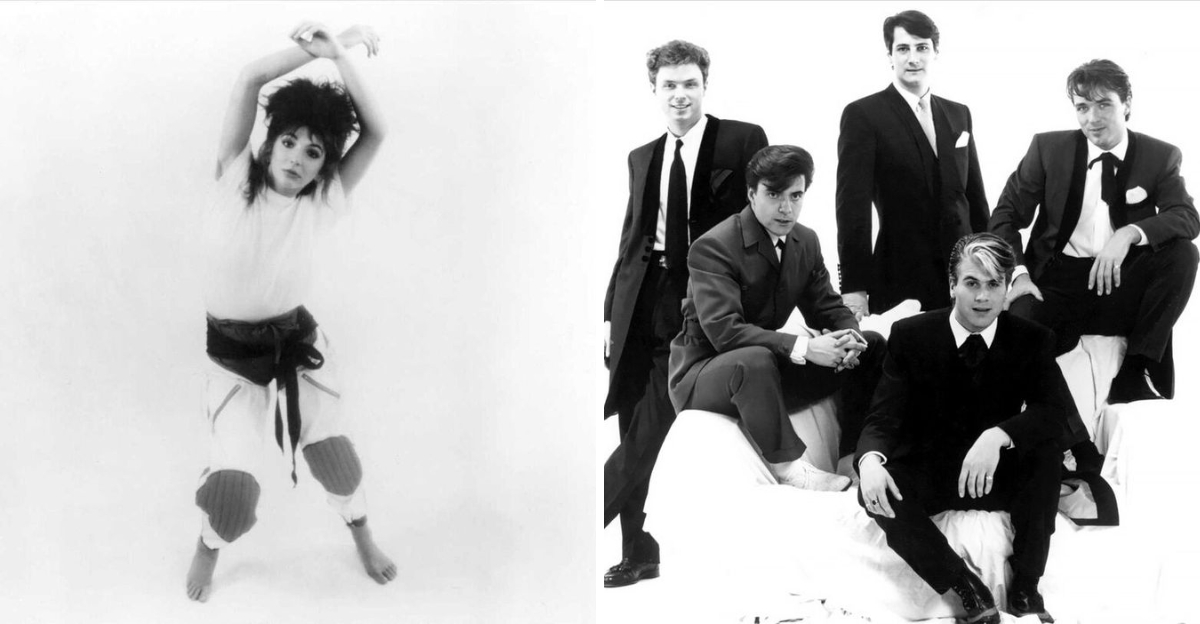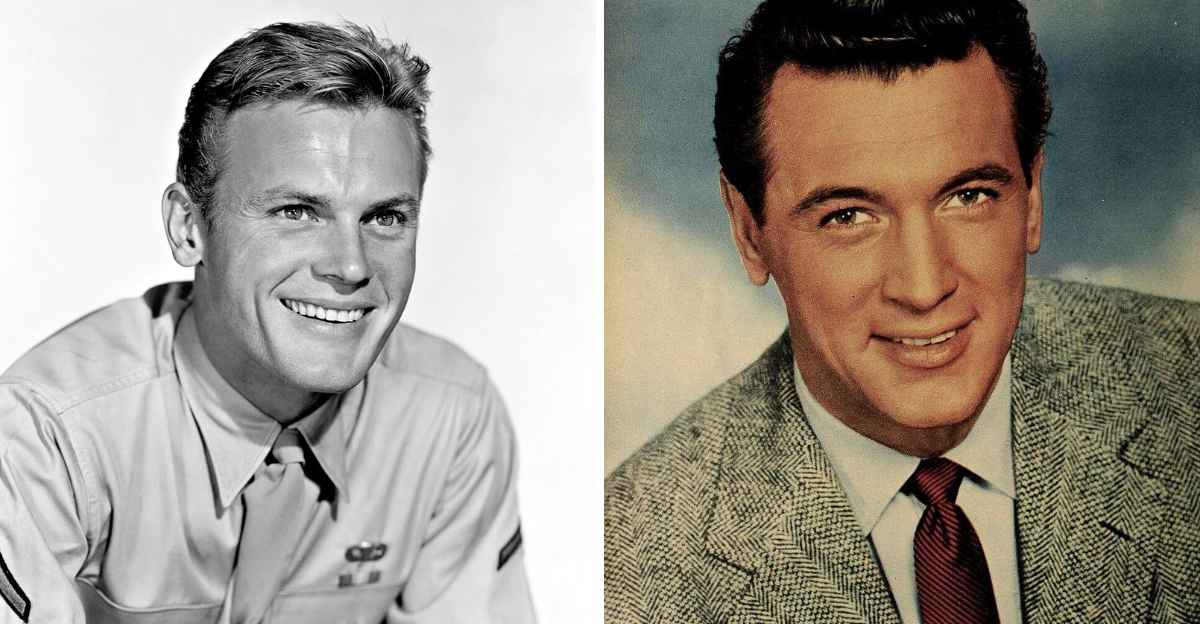9 Movies Everyone Watched But Totally Misunderstood
Many moviegoers have walked out of theaters convinced they understood what they’d just seen—only to realize later they’d missed the entire message.
Some of cinema’s most talked-about films have been wildly misread by audiences, twisting layered themes into something far simpler than intended. Time to uncover which beloved movies left viewers completely off track.
1. Fight Club

Countless viewers glorified Tyler Durden as a rebel hero who rejected consumerism and built an army of free-thinking warriors. Oops! Director David Fincher actually created a cautionary tale about toxic masculinity and dangerous cult mentality.
The entire point was showing how easily charismatic leaders manipulate vulnerable people into violence. Brad Pitt’s character represented everything wrong, not right, about rejecting society.
2. Inception
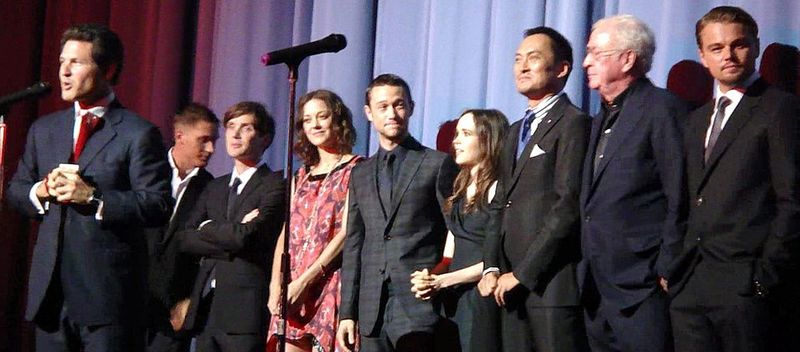
Everyone obsessed over whether that spinning top fell at the end, debating if Cobb was still dreaming or finally awake. But Christopher Nolan had a different message entirely.
The real point? It doesn’t matter what’s real anymore because Cobb chose happiness over truth. He walked away from the top because he decided his children mattered more than knowing reality. That choice defined everything.
3. The Sixth Sense
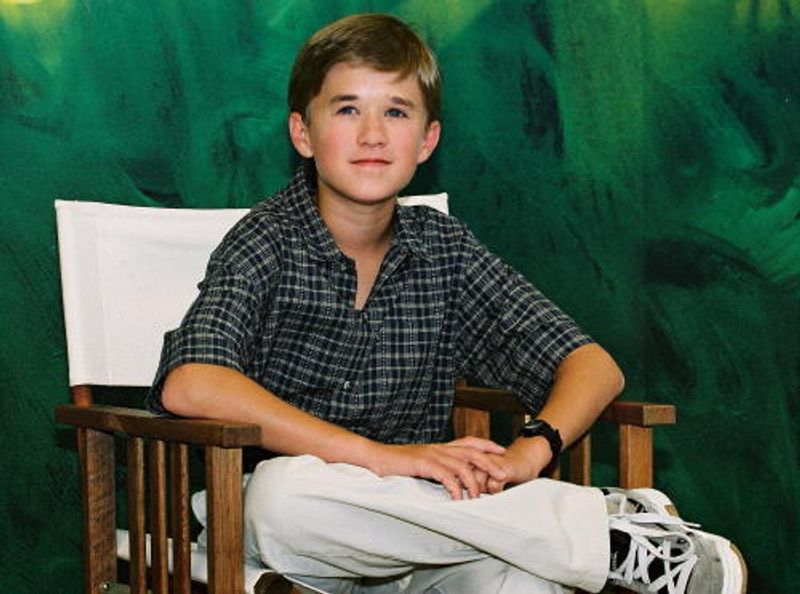
Sure, you figured out the twist that Bruce Willis was dead the whole time. Congratulations! But M. Night Shyamalan’s film wasn’t just about that clever reveal.
The movie examined how people refuse to accept painful truths and live in denial. Malcolm’s entire journey showed someone literally unable to see his own death. Cole’s gift symbolized confronting uncomfortable realities we’d rather ignore completely.
4. Mulholland Drive
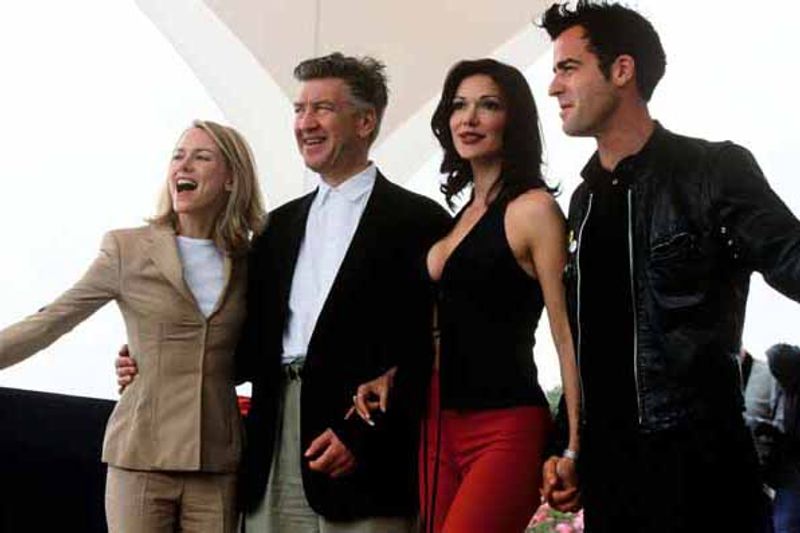
Most people gave up trying to understand David Lynch’s puzzle box, dismissing it as random weirdness without meaning. Wrong approach entirely!
The first two-thirds show a fantasy where a failed actress reimagines her life with success and romance. Reality crashes in during the final act, revealing jealousy, rejection, and murder. Everything clicked once you realized which parts were dreams versus bitter truth.
5. 2001: A Space Odyssey
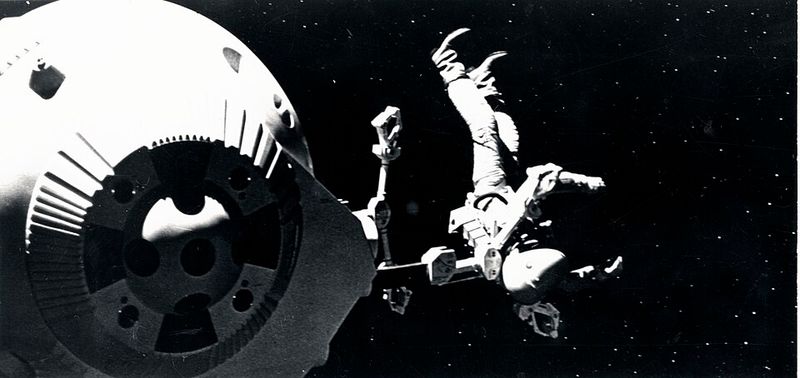
Stanley Kubrick’s epic confused millions who expected a straightforward space adventure with clear explanations. Instead, they got abstract imagery and minimal dialogue.
The monoliths represented evolutionary leaps, pushing humanity forward through contact with alien intelligence. HAL’s breakdown showed technology reflecting human flaws. That trippy ending? Humanity transcending physical form entirely. Kubrick wanted you to feel evolution, not just understand it intellectually.
6. The Shining
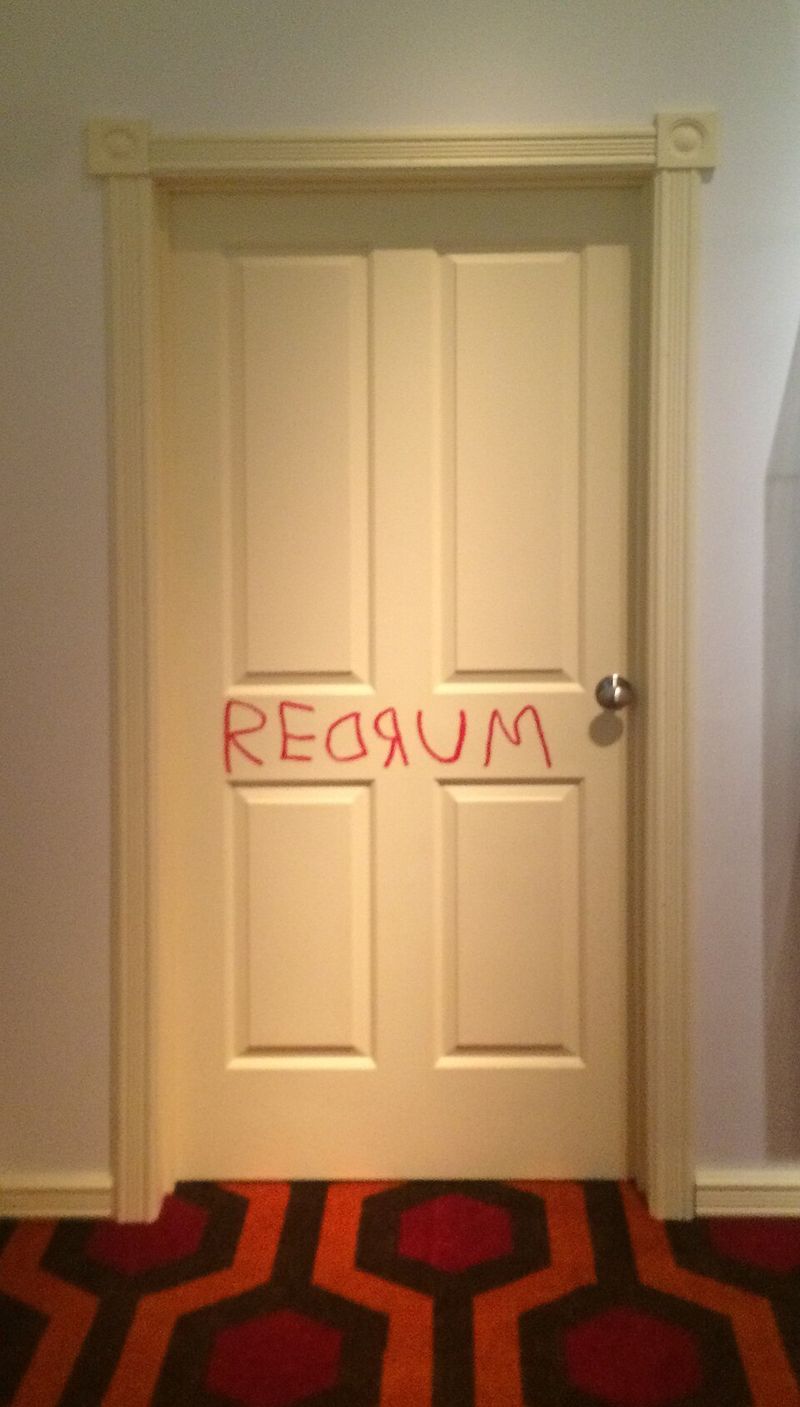
Viewers thought Jack Torrance simply went crazy from isolation in a haunted hotel. Stephen King himself disagreed with Kubrick’s interpretation!
The director actually explored cycles of violence and abuse passed through generations. All those ghosts? Manifestations of Jack’s existing demons, not external evil spirits. The hotel amplified darkness already living inside him. Isolation didn’t create the monster, just revealed it completely.
7. American Beauty

Plenty of viewers saw Lester Burnham as a midlife crisis hero who finally broke free from suburban imprisonment. Yikes, that’s problematic!
Sam Mendes actually critiqued how people chase shallow fantasies instead of appreciating what they have. Lester’s obsession with Angela was creepy and wrong, not liberating. True beauty existed in ordinary moments he ignored while pursuing selfish desires. Redemption came only when facing consequences.
8. Pulp Fiction
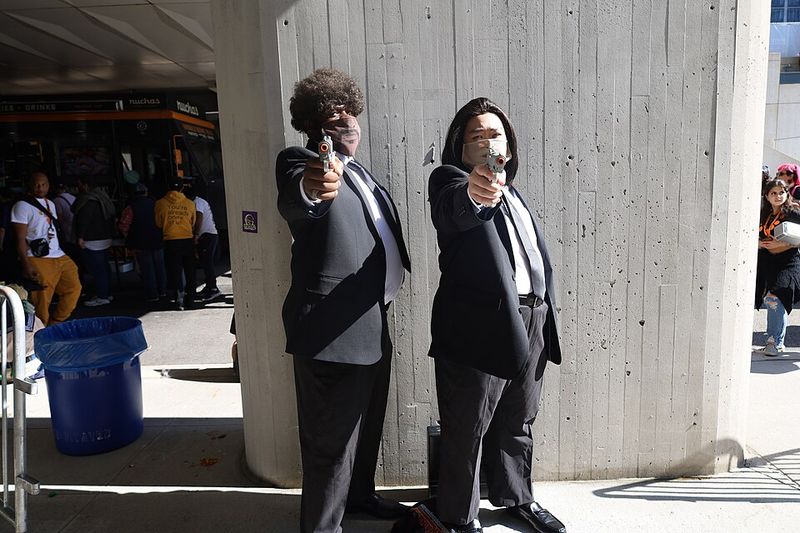
Quentin Tarantino’s breakout hit became famous for cool dialogue, violence, and nonlinear storytelling. Audiences loved the style but missed deeper themes.
The entire movie explored redemption and moral choices in a world without clear rules. Jules chose to walk away from violence, while Vincent continued and died. That gold briefcase? Probably represented each character’s soul. Style served substance, not the other way around completely.
9. Eternal Sunshine Of The Spotless Mind

A story about erasing heartbreak looked like a quirky romance celebrating love’s endurance. Beneath the surface, though, it questioned whether clinging to the past stops us from truly healing.
Actually, the film argued that painful memories define us just as much as happy ones do. Joel and Clementine kept repeating the same mistakes because they erased lessons learned. True love means accepting someone’s flaws completely, not deleting them. Memory makes us human, even when it hurts terribly.




